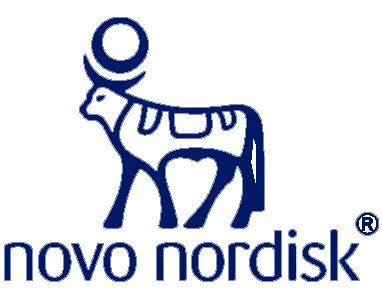What is hypoglycaemia?
Hypoglycaemia is when blood sugar falls below the normal range (less than 3.9 mmol/L or 70 mg/dL).
Types of hypoglycaemia
Mild hypoglycaemia
Severe hypoglycaemia
Nocturnal hypoglycaemia
To align hypoglycaemia terminology in clinical trials and encourage appropriate responses in clinical practice, the IHSG has developed the following definitions:1
Level 1
A glucose alert value of 3.9 mmol/L (70 mg/dL) or less. This often doesn’t need to be reported routinely, depending on the purpose of the clinical study.
Level 2
A glucose alert value of <3.0 mmol/L (<54 mg/dL) is sufficiently low and indicates serious, clinically important hypoglycaemia.
Level 3
As defined by the ADA, severe hypoglycaemia indicates severe cognitive impairment requiring external assistance for recovery.
Epidemiology
In people with type 1 diabetes (T1D), for which insulin treatment is assumed, the prevalence of severe hypoglycaemia increases with the duration of T1D.
| Annual prevalence of hypoglycaemia based on T1D duration |
|---|
| People with T1D for less than 5 years 20% develop hypoglycaemia |
| People with T1D for 5 years or more More than 40% develop hypoglycaemia |
| Annual prevalence of hypoglycaemia based on T1D duration | ||
|---|---|---|
| People with T1D for less than 5 years |  |
20% develop hypoglycaemia |
| People with T1D for 5 years or more |  |
More than 40% develop hypoglycaemia |
In people with type 2 diabetes (T2D), both duration and medical treatment influence the risk. The annual risk of severe hypoglycaemia is significant for people with T2D on sulfonylureas (SUs) and on insulin, especially if on insulin for over 5 years (>20% risk). Non-severe hypoglycaemia, which adults can self-treat, is more common than severe hypoglycaemia, but poses far less risk to health and life.

References
- 1International Hypoglycaemia Study Group. Glucose Concentrations of Less Than 3.0 mmol/L (54 mg/dL) Should Be Reported in Clinical Trials: A Joint Position Statement of the American Diabetes Association and the European Association for the Study of Diabetes Diabetes Care 2017;40:155–157.
- 2Aronson R et al. The Canadian Hypoglycemia Assessment Tool Program: Insights Into Rates and Implications of Hypoglycemia From an Observational Study. 2018;42:11–17.
- 3Cryer PE. Elimination of hypoglycemia from the lives of people affected by diabetes. Diabetes 2011;60:24.



